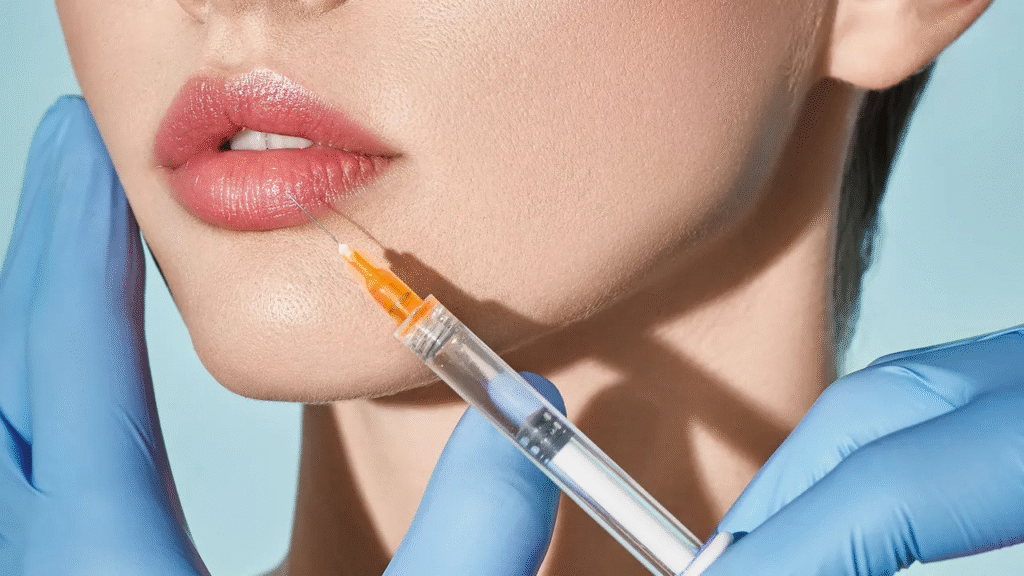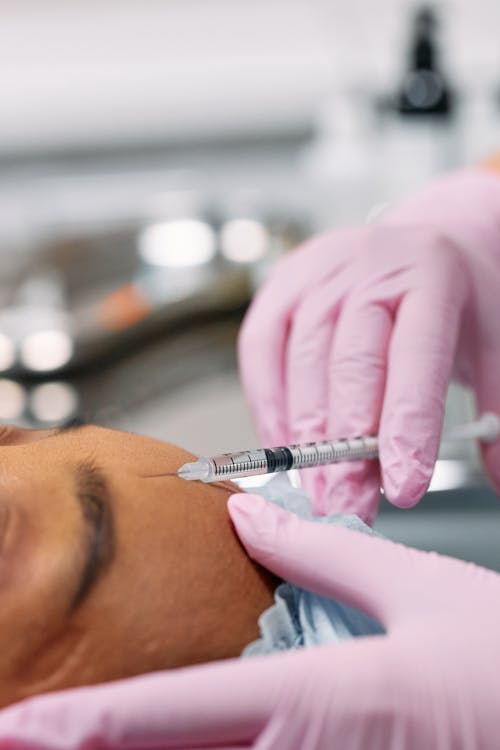In today’s aesthetic world, filler injections have become a cornerstone of non-surgical cosmetic procedures. Whether enhancing facial contours, restoring volume, or refining features, these treatments are built on precise medical science and a deep understanding of facial anatomy. Doctors who administer these injections do more than just treat visible signs of aging—they sculpt, harmonize, and rejuvenate based on scientific principles. Filler Injections in Dubai are a prime example of how science and artistry come together in the hands of skilled professionals.
Understanding the Foundation: What Are Filler Injections?
Filler injections are gel-like substances administered beneath the skin to restore lost volume, smooth lines, or enhance facial features. The most commonly used dermal fillers are based on hyaluronic acid (HA), a substance naturally found in the skin. The science behind these injections is grounded in biocompatibility, tissue integration, and targeted volume restoration.

The Scientific Principles of Volume Restoration
As we age, facial fat pads shrink and shift, bones resorb, and skin loses elasticity. This leads to hollow cheeks, sunken temples, and deep folds around the mouth. Doctors trained in aesthetic medicine understand the three-dimensional anatomy of the face, allowing them to strategically place filler material where structural support is lost.
When administered correctly, fillers restore volume in a way that respects the natural anatomy. They don’t just “fill” lines—they provide structural support. This principle is key to achieving subtle, balanced, and long-lasting results.
Facial Anatomy: A Guide for Precision
Doctors who perform filler injections must possess a detailed knowledge of facial anatomy, including arteries, muscles, fat compartments, and bone structure. Each layer of the face serves a purpose, and fillers must be placed in the correct plane to achieve optimal results.
- Superficial injections treat fine lines and wrinkles.
- Mid-depth injections add volume to lips and nasolabial folds.
- Deep injections restore structure to the cheeks and jawline.
Precision placement reduces the risk of complications and enhances the effectiveness of the treatment. It’s this anatomical expertise that differentiates medically trained injectors from unqualified providers.
Rheology and Filler Properties: Matching the Product to the Purpose
Doctors do not select fillers randomly. Each product is chosen based on its rheological properties—how it behaves under stress, spreads in tissue, and maintains shape.
Key filler characteristics include:
- Viscosity: Thickness or flow resistance. Thicker fillers are ideal for deep volume restoration.
- Elasticity (G’ value): How well the filler maintains shape under pressure. Higher elasticity works well in areas that need structural support, like the cheeks.
- Cohesivity: How well the filler sticks together. Higher cohesivity ensures better product integration and stability.
By matching these properties to specific facial areas, doctors achieve outcomes that are both effective and tailored to each individual’s anatomy.
Injection Techniques: Science Meets Skill
Administering filler injections is a nuanced process. Techniques vary depending on the area, desired result, and filler type. Skilled practitioners use the following techniques:
- Linear threading: Inserting the needle along a wrinkle and injecting as it’s withdrawn.
- Fanning: Radiating injections from a single entry point, ideal for larger areas.
- Depot/Bolus: Small filler “drops” placed precisely for contouring.
Doctors are trained to adapt their technique according to skin thickness, vascular proximity, and aesthetic goals. Scientific precision ensures uniform distribution and minimizes trauma to surrounding tissue.
The Role of Cannulas vs. Needles
One of the innovations in aesthetic medicine is the use of blunt-tipped microcannulas instead of traditional needles. While needles are sharp and can penetrate vessels, cannulas are designed to glide under the skin with reduced trauma.
- Needles are preferred for high-precision areas like the vermillion border of the lips.
- Cannulas are used for broader, safer distribution of filler, especially in vascular-rich zones like the tear trough or nasolabial fold.
Doctors choose the appropriate instrument based on treatment area, filler type, and patient safety—underscoring the technical depth behind every injection session.
Biostimulation: Beyond Filling, Triggering Natural Responses
Some fillers are designed not just to add volume, but to stimulate the body’s own collagen production. Doctors strategically use biostimulatory fillers like calcium hydroxylapatite (CaHA) or poly-L-lactic acid to enhance skin firmness over time.
These fillers trigger a low-level inflammatory response that encourages fibroblasts to produce collagen. Though results may take weeks to appear, they offer a long-term improvement in skin texture and strength.
This application is particularly effective for individuals seeking structural support and skin rejuvenation without frequent top-ups.
Dynamic vs. Static Areas: Customizing Each Treatment
The face consists of both dynamic areas (that move with expression) and static areas (more stable, such as the cheeks or temples). Doctors treat these differently:
- Dynamic areas require soft, flexible fillers that move with facial expressions.
- Static areas benefit from firmer fillers that provide robust support.
Understanding these differences allows doctors to maintain natural movement while still correcting volume loss or wrinkles.
Longevity and Integration of Fillers
One of the myths about fillers is that they simply “sit under the skin.” In reality, they integrate into the surrounding tissue. Over time, the body gradually metabolizes the product, but before it does, the filler enhances volume, improves hydration, and supports the skin.
Advanced injectors aim for even integration by massaging the area post-injection and spacing treatments adequately. This ensures the filler distributes naturally and doesn’t clump or migrate.
Different areas of the face break down filler at different rates, which is why doctors create tailored plans for each region to maintain symmetry and balance.
Benefits of Filler Injections: Clinical and Aesthetic Advantages
The appeal of filler injections lies not only in visible results but in their scientifically proven efficacy. Here are the primary benefits:
- Immediate Results: Most fillers deliver instant volume and contouring.
- Non-Surgical Solution: No incisions or downtime required.
- Customizability: Treatments can be tailored to suit facial structure and patient goals.
- Natural Appearance: When performed correctly, results enhance without altering.
- Reversibility: HA fillers can be dissolved using hyaluronidase if needed.
These benefits are grounded in medical precision and controlled outcomes, which is why trained doctors are essential for administering this treatment.
Consultation: Where Science Begins
The success of a filler injection begins long before the first syringe is prepared. A medical consultation is the starting point where doctors analyze:
- Facial proportions and symmetry
- Volume loss patterns
- Muscle movement and expression lines
- Skin elasticity and thickness
From this analysis, a scientifically driven plan is created. This may include layering fillers, addressing multiple areas over time, and factoring in long-term maintenance strategies. These plans are always rooted in evidence-based practices and clinical expertise.
An Art Built on Science: The Doctor’s Role
Though many describe aesthetic injectors as artists, their work is deeply anchored in science. Doctors must understand:
- Human anatomy
- Biochemical behavior of fillers
- Kinetics of facial aging
- Precision delivery techniques
It’s this fusion of knowledge and clinical skill that transforms a simple injection into a facial rejuvenation masterpiece. Trusting a qualified physician ensures that aesthetic enhancements are safe, balanced, and scientifically optimized.
Conclusion:
Filler injections are more than cosmetic fixes—they are the result of rigorous science applied by trained hands. From understanding facial anatomy to selecting the ideal filler product, every decision made by a doctor is rooted in medical knowledge and clinical insight. This careful application ensures that treatments are not only effective but also safe, natural-looking, and personalized.

